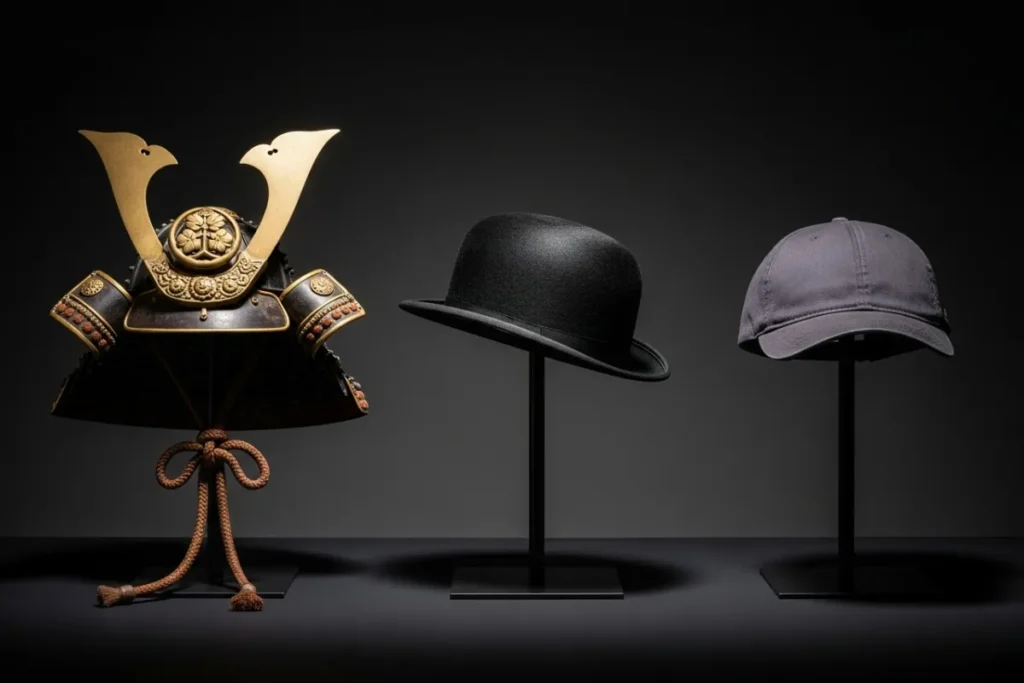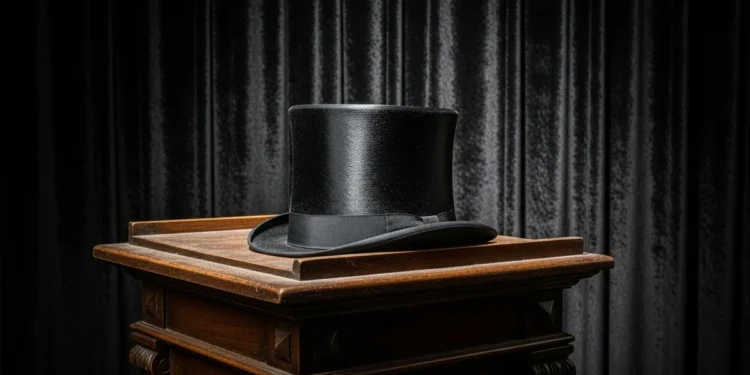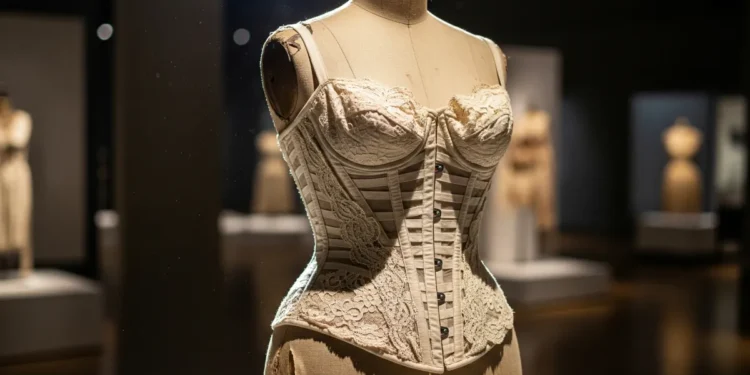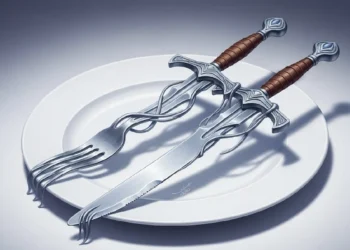Discover how the History of the Hat serves as a powerful symbol of identity, class, and authority, reflecting social dynamics and cultural narratives. From the regal top hats of the elite to the humble working-class caps, this post delves into the evolution of headwear and its significant role in political movements, cultural identity, and societal structure. Learn about the iconic history of hat styles and their implications for class privilege and belonging, and gain insight into the future of hats in fashion and society.
Table of Contents
Introduction to the Symbolism of Hats
Hats have held a unique position in human culture, serving not only as functional headwear but also as potent symbols of identity, class, and authority throughout history. As we traverse the hat evolution timeline, it becomes evident that these accessories transcend mere utility. They reflect social dynamics and cultural narratives, often revealing the complexities surrounding societal status and power dynamics. From the majestic top hats donned by the elite during the Victorian era to the humble caps worn by the working class, hats have consistently illustrated the disparities in social standing.
The social symbolism associated with hats is deeply ingrained in various cultures. These items often denote class and power and communicate allegiance to political movements. For example, the beret has been widely recognized as a symbol of rebellion, representing not only military leadership but also artistic expression in numerous contexts. Similarly, the adoption of certain styles, such as the fedora or bowler, can signal an individual’s social ambitions and aspirations. Consequently, hats serve as tools for negotiation between personal identity and societal expectations, facilitating a continuous dialogue about belonging and aspiration across various social strata.
Moreover, the significance of hats extends into the realm of politics and power, with hats in political movements symbolizing allegiance or dissent. Their visibility during protests and movements underscores their role as icons of resistance or conformity. Additionally, the relationship between designer hats and class illustrates the commodification of headwear, where certain styles are reserved for the affluent, further delineating social boundaries. This connection showcases how hats can encapsulate broader historical narratives, thereby allowing us to explore cultural identity through hats and appreciate their intrinsic role in shaping societal values and hierarchies. The exploration of these diverse themes reinforces the multifaceted nature of hats as profound symbols within the human experience.
Historical Overview of Hats
The journey of history of the hat throughout history reflects a complex interplay between social status, cultural identity, and political movements. The hat evolution timeline reveals that headwear has been a vital component of human attire since ancient civilizations. Archaeological findings illustrate that early hats were not merely practical but also served as indicators of rank and personal identity. In ancient Egypt, for instance, pharaohs wore elaborate crowns that signified their divine status, while commoners utilized simpler head coverings.
As society progressed into the Middle Ages, the history of the hat continued to symbolize social hierarchy. The pointed hood or ‘cucullus’ became a popular choice among scholars, reflecting the blend of education and social standing. Conversely, the widespread use of simple caps by the lower classes showcased the disparity in wealth and education. This relationship between headwear and social symbolism can be traced throughout European history, culminating in the elaborate hats worn by the aristocracy during the 17th and 18th centuries. Designer hats of this era often represented wealth and class, further entrenching headwear in the social fabric.
By the 19th and early 20th centuries, hats evolved yet again, influenced strongly by political movements and cultural shifts. The inclusion of hats in protests and political demonstrations illustrated their role as symbols of resistance and unity. As the history of the hat became increasingly intertwined with cultural identity, diverse styles emerged globally. In some cultures, headwear continues to reflect tradition and community belonging, with specific designs denoting unique heritage and values.
Understanding the headwear social symbolism through these historical contexts enriches our appreciation of their significance, revealing how they have shaped and been shaped by society over centuries. Their evolution underscores the multifaceted role of the history of the hat in both personal expression and societal structures.

The Aristocratic Elegance: Hats and Class Privilege
The role of hats as symbols of social stratification is deeply embedded in history, particularly among the elite classes. Throughout the ages, hats have served not only as functional headwear but also as markers of wealth, power, and social status. The history of the hat evolution timeline reveals a range of styles that have been closely associated with the upper echelons of society, making them potent symbols of aristocratic elegance.
For instance, the top history of hat is an iconic emblem of aristocracy, whose tall, cylindrical shape has long been associated with the gentlemanly class. Initially worn by the upper class during formal occasions, this headwear made sweeping appearances in political movements as a signifier of elite power. The top hat not only complemented the tailored suits of nobility but also conferred a sense of authority and privilege upon its wearer. Similarly, the bowler hat emerged as a staple of the bourgeoisie, signifying both social mobility and adherence to a burgeoning middle-class ideology.
The intricate designs and luxurious materials utilized in designer hats have further amplified their role as tokens of class distinction. Trademarks of quality, these hats often contribute to the overarching narrative of headwear social symbolism. While the lower classes have been historically restricted in their choice of headgear, their elite counterparts could afford elaborate styles adorned with feathers, jewels, and fine fabrics that spoke volumes about their wealth.
Moreover, hats played an integral role in cultural identity, bridging class divides as well as emphasizing societal hierarchies. In many cultures, the type of hat worn can directly convey one’s standing within the social order. Thus, understanding how hats function as vehicles for class privilege not only illuminates their aesthetic values but also their inherent connections to power dynamics within various societies. As we traverse the history of hats, it becomes evident that the values embedded in these accessories reflect broader themes of cultural identity and status.
Political Allegiance and Revolution: Hats as Statements
Throughout history, hats have often transcended their functional roles, evolving into powerful symbols of political allegiance and social identity. The diversity of styles and the materials used in headwear reflects various ideologies, social classes, and movements. Notably, during significant political upheavals, certain hat styles emerged as potent emblems of protest and resistance, establishing a clear history of the hat evolution timeline that underscores their sociopolitical significance.
For example, during the French Revolution, the Phrygian cap, a red wool history of hat, became a symbol of liberty and the fight against oppression. Revolutionary leaders wore this cap to signify their break from the aristocracy, aligning with the broader ethos of equality and freedom. This headwear choice not only marked a political statement but also fostered a shared cultural identity among revolutionaries, creating unity against the perceived tyranny of the ruling class.
In more contemporary contexts, hats have continued to play an essential role in political movements. The baseball cap, with its association with populism, has become a staple in political rallies across various ideologies. Whether popularized by grassroots movements or used as a medium for expressing dissent, the fashion of hats often reflects the energy of the times. For instance, in the United States, the red “Make America Great Again” cap emerged as a divisive symbol, representing a specific political realm while simultaneously provoking counter-movements that utilized their headwear to express dissent.
The use of designer hats in political contexts further elevates the complexity of headwear as a social symbol. Fashion designers and political figures frequently collaborate or inadvertently help shape public perception through their choices in headwear. As hats continue to evolve in style and significance, they demonstrate the intricate connection between headwear and social symbolism and our political landscapes. This examination reveals the ways cultural identity can be expressed and contested through the simple act of wearing a history of hats, illustrating that, far beyond mere protection from the elements, hats carry profound meanings shaped by history.

Cultural Exclusion: The Outsider’s Perspective
The history of headwear is laden with social implications that extend far beyond mere fashion. Throughout various eras, specific styles of hats have served as markers of cultural identity, often dividing society between the elites and the marginalized. The history of the hat evolution timeline showcases how certain types of headwear, such as the top hat or the fedora, have been indicative of wealth and status, while others, like the straw hat, have been relegated to the working class. Such distinctions fostered a social hierarchy that, at times, symbolized oppression for those deemed outsiders.
In many societies, the dress code surrounding hats served as a barrier to inclusion. For instance, during the Victorian era, the top history of hat was not just a fashion statement but a signifier of high social standing. Conversely, those who wore simpler or more functional hats—such as laborers donning straw or wool caps—often faced societal disdain. This resulted in a visual language that communicated class disparities, demonstrating that headwear could both empower and exclude. In this light, headwear social symbolism becomes increasingly apparent as hats delineated who belonged and who did not.
Moreover, hats have often been wielded as instruments of power in political movements, further enforcing social divides. The wearing of a specific type of hat, such as a beret among revolutionaries, became an emblem of resistance, highlighting the cultural identity through hats. This duality not only underscores the significance of head coverings in various socio-political landscapes but also reveals how stylistic choices can dictate one’s position within the social order. Ultimately, the narrative surrounding hats is a complex interplay where fashion intersects with cultural identity, often placing outsiders at a disadvantage.
Iconic Hat Styles Through the Ages
Hats have been an integral part of human attire for centuries, serving both practical functions and social symbolism. From the elaborate headpieces of nobility to the simple caps of the working class, each iconic history of the hat style has captured the cultural nuances and ideologies of its time. Understanding the history of the hat evolution timeline reveals how these accessories transformed from essential items for protection to powerful symbols of identity and expression.
One of the most recognizable styles is the tricorne history of a hat prominent in the 18th century among European elites. Its shape allowed for easy movement in battle, but beyond practicality, it became a visual symbol of authority and sophistication. Associated with figures such as George Washington and various revolutionaries, the tricorne not only represented military valor but also signified social hierarchy.
Similarly, the bowler hat emerged in 1849 as a favored choice for the bourgeois class in Britain. The stiff, rounded crown and narrow brim made it a staple for businessmen and gentlemen. The bowler hat’s association with the upper-middle class underscored the societal structure of the time, wherein headwear served as an informal code for class distinction.
Moving into the 20th century, the fedora gained popularity, characterized by its soft brim and indented crown. This history of the hat became synonymous with jazz culture and the rising influence of the working class, marking a shift in cultural identity through hats. Conversely, the beret emerged as a symbol of political movements, particularly among leftist groups. Its adoption by various social movements across countries demonstrated how hats could convey solidarity and ideological alignment.
Designer hats further illustrated class dynamics, with high fashion brands elevating headwear to a status symbol among the elite. Styles such as the wide-brimmed sunhat became synonymous with luxury, showcasing how headwear social symbolism evolved continuously, intertwining with cultural narratives.

Modern Interpretations of Historical Hat Trends
In recent years, the fashion industry has increasingly drawn inspiration from the rich tapestry of historical headwear, resulting in a fascinating hat evolution timeline that shows how past styles remain relevant today. Contemporary designers have adeptly reimagined traditional hats, creating modern interpretations that reflect current social dynamics and class expressions. As society navigates through shifting cultural landscapes, hats have emerged not only as functional accessories but also as potent symbols of identity and status.
The resurgence of vintage styles is evident in the popularity of fedoras, wide-brimmed sun hats, and bucket hats, each echoing the essence of earlier periods while being infused with contemporary flair. These hats serve as a canvas for expressing individual style and can implicitly communicate class distinctions. For example, designer hats from high-end brands continue to command high prices, reinforcing the notion that headwear can symbolize wealth and exclusivity. This relationship between hats and social stratification can trace its roots back to how headwear has historically signified social hierarchy and identity.
Moreover, the connection between hats and cultural identity is increasingly pronounced in today’s fashion landscape. Various communities and subcultures have adopted and adapted hat styles, showcasing their heritage and values through headwear. This process of cultural expression facilitates a dialogue about the significance of hats in political movements and societal change. Ultimately, the prevailing trends in headwear illustrate how historical influences are not merely relics but rather continue to shape contemporary fashion narratives. By understanding the social symbolism of headwear, we gain insight into the fabric of society and how individuals navigate their identities and express their beliefs through these timeless accessories.
The Future of Hats in Fashion and Society
The future of hats in fashion and society is poised for transformation as evolving attitudes towards identity and class redefine their significance. Historically, hats have served as symbols of social hierarchy and personal expression. Looking ahead, the interplay between headwear and social symbolism will likely deepen, driven by several key factors such as cultural identity, political movements, and emerging trends in individualism.
As society increasingly values diversity and inclusivity, the role of hats is anticipated to broaden beyond mere fashion accessories to powerful symbols of cultural heritage. This evolution parallels the history of the hat evolution timeline, which has seen various styles adopted across different contexts, reflecting the unique identities of individuals and communities. Hats will continue to embody personal stories, allowing wearers to assert their cultural background and affiliations.
Furthermore, the impact of political movements on headwear cannot be overstated. In recent years, hats have been utilized as tools of protest and solidarity, often linked with political statements or social causes. The trend of incorporating designer hats into these movements may gain traction, as high-fashion brands engage with social issues. Such interactions will inform the ongoing dialogue about access and privilege, challenging traditional perceptions associated with headwear. Additionally, the fusion of designer hats with artistic expressions may lead to innovations that elevate hats from mere functionality to artistic statements.
As fashion progresses, trends may also shift towards more practical designs that marry functionality and style, appealing to a broader audience. The necessity for versatility in headwear—suitable for both casual and formal occasions—will likely influence future designs. In conclusion, the upcoming era of headwear will not only reflect personal style but also echo the dynamics of cultural identity through hats, altering their place within societal narratives moving forward.
| Theme | Description | Examples |
|---|---|---|
| Historical Role of Hats | Hats have transcended functionality to become markers of identity, class, and authority throughout history. | Top hats in Victorian era (elite) vs. flat caps (working class) |
| Social Symbolism | Hats reflect societal status, aspirations, and affiliations, often communicating unspoken social cues. | Fedora, bowler hat, beret |
| Political Significance | Hats have been used to signal political allegiance or dissent, becoming symbols in protests and movements. | Berets in revolutionary movements |
| Class & Commodification | Designer hats represent social stratification, with luxury headwear often reserved for the affluent, reinforcing class distinctions. | High-fashion hats vs. utilitarian styles |
| Cultural Identity Expression | Hats encapsulate cultural narratives and help individuals negotiate personal identity within societal expectations. | Top hats in the Victorian era (elite) vs. flat caps (working class) |
Conclusion: The Multifaceted Legacy of Hats
Throughout history, hats have served as more than mere articles of clothing; they embody a complex narrative reflecting societal values, cultural identity, and political movements. The history of the hat evolution timeline delineates notable shifts, illustrating how headwear transitioned from simple protection against the elements to sophisticated symbols delineating status and belonging. The intricate relationship between headwear and social symbolism cannot be overstated, as hats often communicate messages of privilege, rebellion, and cultural allegiance in various contexts.
The history of the hat has found itself at the forefront of political movements, embodying resistance, solidarity, and national identity. For instance, during significant political upheavals, particular styles of hats became associated with collective movements that challenged societal norms and the established order. This intersection of hats in political movements underscores their ability to encapsulate sentiments of hope and defiance, making them crucial to understanding our past and present. Furthermore, designer hats and class have played a pivotal role in determining how society views individuals based on their attire. Elite branding and exclusivity surrounding particular hat styles have historically created divides, supporting hierarchical structures rooted in social stratification.
Moreover, hats reflect cultural identity, serving as vital expressions of community, tradition, and individuality. From berets symbolizing revolutionary fervor to traditional sombreros that celebrate heritage, the significance of headwear extends beneath the surface, revealing deep connections to human history. This duality of hats serving as symbols of class while also being instruments of personal expression highlights their continuing relevance in today’s increasingly diverse society.
As we consider the multifaceted legacy of hats, it becomes evident that their journey mirrors our evolving societal norms. The power of headwear transcends time, embodying the dreams, struggles, and stories of individuals from diverse backgrounds. Thus, the history of the hat will undoubtedly continue to shape cultural landscapes and social dialogues moving forward.








